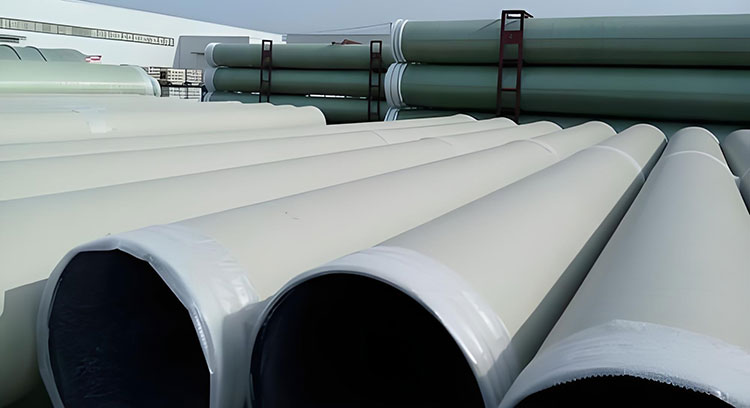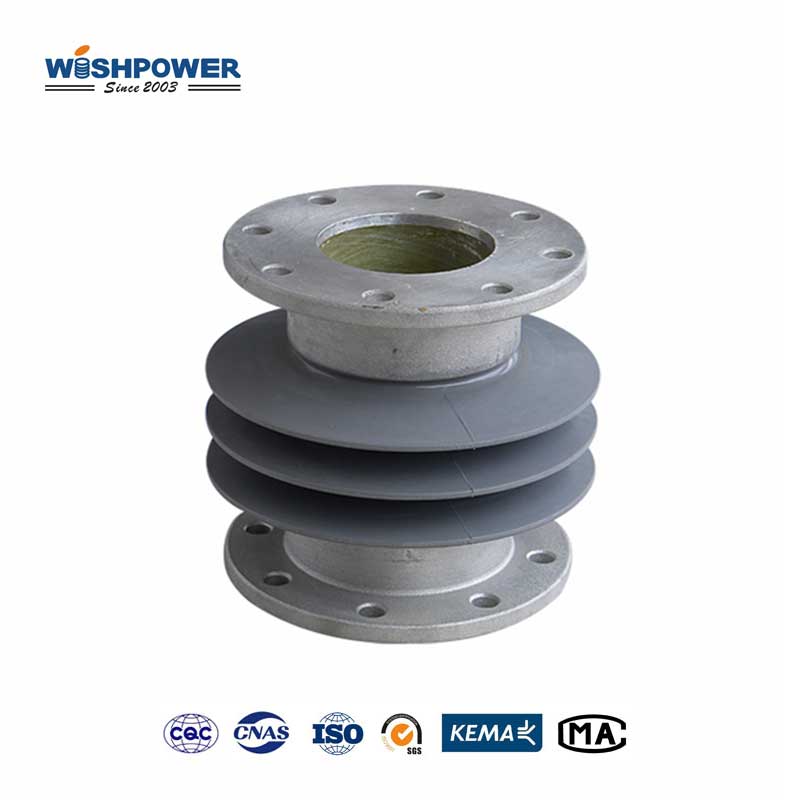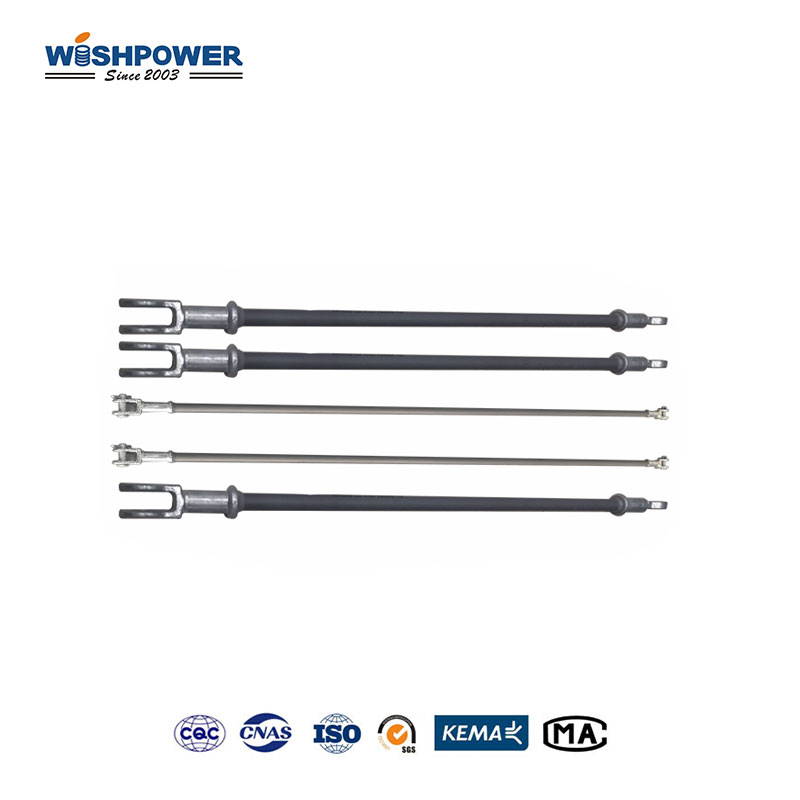What is a composite power pole?
Composite power poles made from advanced composite materials such as composite utility poles are used as advanced composite material utility poles specifically for use in transmission and distribution systems. Environmentally resistant to adverse effects like tornadoes, ice storms, and freezing temperatures composite utility poles stand out for their durability and strength when compared to more traditional wooden or steel utility poles. Such poles are often comprised of combinations of materials, like polymers and polyurethanes or glass fiber-reinforced resins, which allow for lighter, more efficient solutions for modernized infrastructure needs. The worldwide demand for reliable, long-lasting clean environment-friendly utility infrastructure continues to rise and composite utility poles are becoming an increasingly popular option for utility companies. The benefits and range of applications offered by these poles extend across several industries and environments and are particularly attractive to regions of high mechanical stress, or remote locations subjected to harsh conditions.

Key Components of Composite Utility Poles
Glass Fibers:
The strength and rigidity to support the wires are from glass fibers. By combining the glass fibers with resins, the mechanical properties of the pole are improved, in that they provide additional load-bearing capacity and resistance to bending, making the composite utility pole more durable than the traditional wooden or steel poles.
Resins:
Composite utility poles are made with high-performance polymers such as polyurethane or epoxy resins, which provide weather, corrosion, and flexibility. It is the resin, which bonds the glass fibers together to form a composite structure and prevents the time degrading of fibers.
Advantages of Composite Utility Poles
Corrosion Resistance:
Composite utility poles are one of the most notable advantages of composite utility poles in that they are very corrosion-resistant. In contrast to steel poles, which rust when wet, wet, salt, or chemical exposure, composite poles are naïve to water, salt, or chemicals. Because of this, power lines in coastal areas or high-humidity regions depend even more greatly on high-quality utility poles, and those with traditional utility poles can corrode at a rate so fast that the poles will be obsolete before they are even installed.
Lightweight and Strong:
Composite poles are lighter than steel poles, so they are lighter to move, handle, and set in place. Compared to regular poles, composite poles are not as bulky by construction, but still have a high strength-to-weight ratio, enabling them to hold heavy lines up over their heads and deal with extreme weather conditions.
Durability:
Composite utility poles have longer lives than wood poles, which rot from termites, decay, and other damage that can compromise your service. Composite poles made from these materials can take the extreme weather of high wind, ice storms, and extreme temperatures without degrading or losing the structural integrity of the poles.
Reduced Maintenance Costs:
Composite utility poles are built to last much longer than ordinary utility poles and thus require far less maintenance. Unlike wood poles, they do not need regular treatments (preservatives or insect repellents), and they are more resistant to weather damage so have less chance of costly repairs and replacements.
Environmental Protection:
Composite poles are environment-friendly because they do not use chemical preservatives or insecticides like wooden poles. Moreover, composites are frequently recyclable, which means these poles are a more sustainable choice than traditional materials. Additionally, they help reduce the requirement for forest and natural habitat logging.
The Future of Composite Utility Poles
As more and more sustainable, durable, and cost-effective utility infrastructure becomes needed, composite utility poles are likely to proliferate. Further improvements of these poles may result from advances in materials science to provide stronger, more efficient composites. Further, as renewable energy projects grow in number, composite utility poles will be an integral part of the infrastructure that is required to connect solar, wind, and other renewable energy sources to the grid.
Conclusion
Composite utility poles represent an important development in the design and construction of utility infrastructure. They have tremendous advantages like corrosion resistance, Lightweight construction, durability, and lower maintenance cost, they are safe and cheaper alternatives to traditional wood or steel utility poles. They are effective in different environments and are applied from the power transmission lines to renewable energy projects.
If you have different opinions or want to know more, please leave a message on the website or contact us directly at info@wishpower.net

















